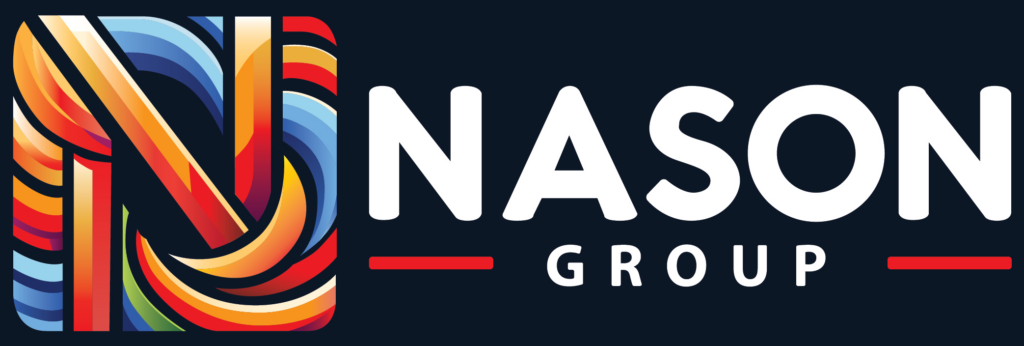Trends for 2016: Meeting the Customer Where They Are – Customer Forums
Happy New Year from the Nason Group!
With each turn of a new year, many organizations begin to review or employ updated customer experience strategies for their clients. Regardless of the type of customer your organization serves, there are some interesting and engaging trends forecasted for 2016. In an article for Customer Think, author Richard Shapiro offers a list of his top 16 customer experience trends for 2016. We found four on his list to be of great interest and thought we would take a look at how these trends align with innovation and our goal to meet the customer where they are.
 As you know, innovation of and by itself is a positive, yet disruptive process. To be truly innovative means that you are willing to open the door to ideas and concepts you might not have previously considered to be of value to your organization or customer. It also means that in the process, there are ideas and approaches once successful that are now stale, that must be left on the table in pursuit of improving the customer experience.
As you know, innovation of and by itself is a positive, yet disruptive process. To be truly innovative means that you are willing to open the door to ideas and concepts you might not have previously considered to be of value to your organization or customer. It also means that in the process, there are ideas and approaches once successful that are now stale, that must be left on the table in pursuit of improving the customer experience.
The first customer experience trend for 2016 that we will take a look at is the expected increase in the customer’s reliance on community forums to get information and for issue resolution. Customer forums, along with another 2016 trend, Self-service, are tools that require creative and innovative models to work properly for both your organization and the client. Organizations must successfully drive their  customers to the resource and then provide a robust and engaging interface, ensuring the overall experience exceeds the customer’s expectation. For organizations to develop and implement high customer engagement, they must have a customer-centric strategy, and actively engage with the customer at all touchpoints in the customer experience.
customers to the resource and then provide a robust and engaging interface, ensuring the overall experience exceeds the customer’s expectation. For organizations to develop and implement high customer engagement, they must have a customer-centric strategy, and actively engage with the customer at all touchpoints in the customer experience.
At the Nason Group, we specialize in engaging the consumer and community in all steps within the process, from blue sky to delivery. Whether it be a process or a product, the consumer and community are your organization’s most valuable resource for success.
Recently, we worked with a group of executives within the health care space on re-imaging how they will react with their consumer in a non-traditional manner within the industry. Although this journey with them has just begun, the Nason Group already sees favorable changes in both culture and attitudes taking place within the organization. Over the next six months, the next steps will be for them to deploy this new strategy to their consumers.
The customer of today is tech-savvy and mobile. Organizations need to understand that the client wants to garner meaningful information from your organization at their convenience and any hour of the day. Businesses must provide their target audience with up to date, easy to access information regarding the services and products purchased, or perhaps intend to buy. Approach this trend with a goal of  transparent access between you and your customer – answering their questions as quickly and directly as possible, and providing all necessary data up front. Today’s customer is easily connected, through the Internet, to other customers and other customer experiences – good and bad. Rather than the old silo approach for managing information shared and controlling messaging, it is imperative that your customer forums are carefully planned out, with open portals to every possible aspect of value to your customer. It is also key that you are meeting your customers where they are – providing them with individual attention, following up promptly on their concerns, garnering their opinions and being open to evolving your approach to ensure success for both you and the customer.
transparent access between you and your customer – answering their questions as quickly and directly as possible, and providing all necessary data up front. Today’s customer is easily connected, through the Internet, to other customers and other customer experiences – good and bad. Rather than the old silo approach for managing information shared and controlling messaging, it is imperative that your customer forums are carefully planned out, with open portals to every possible aspect of value to your customer. It is also key that you are meeting your customers where they are – providing them with individual attention, following up promptly on their concerns, garnering their opinions and being open to evolving your approach to ensure success for both you and the customer.
In this fast paced digitally driven world, staying aware of customer experience trends is vital. Successful businesses keep abreast of change and consistently innovate through listening, personally engaging with their clients, and staying out in front of their clients needs – driving a renewable, positive and enriched customer experience that benefits both the organization and the people it serves.

